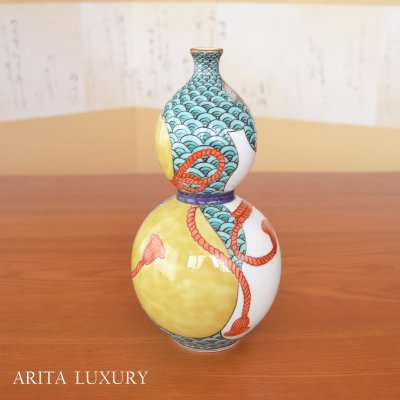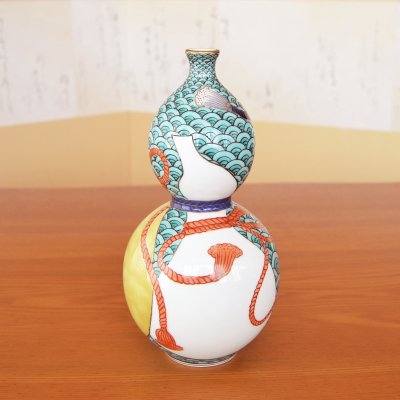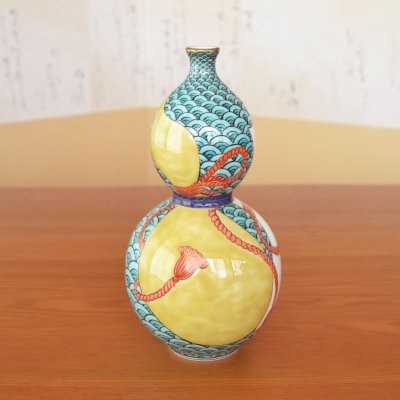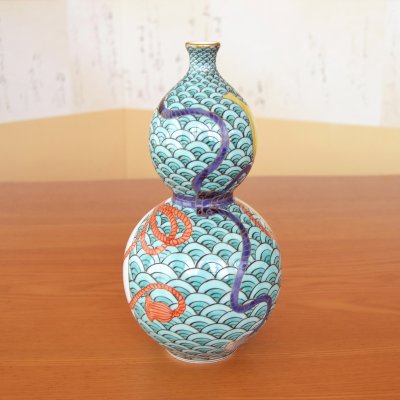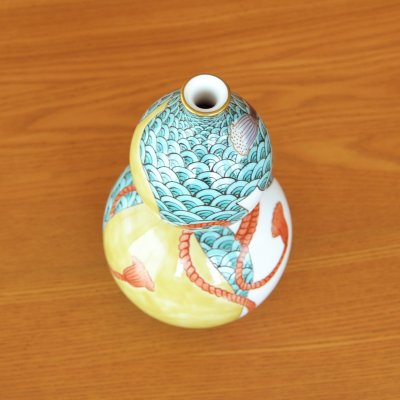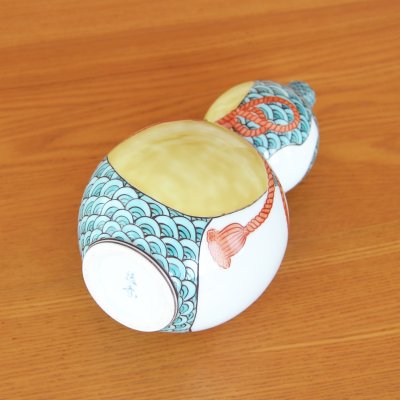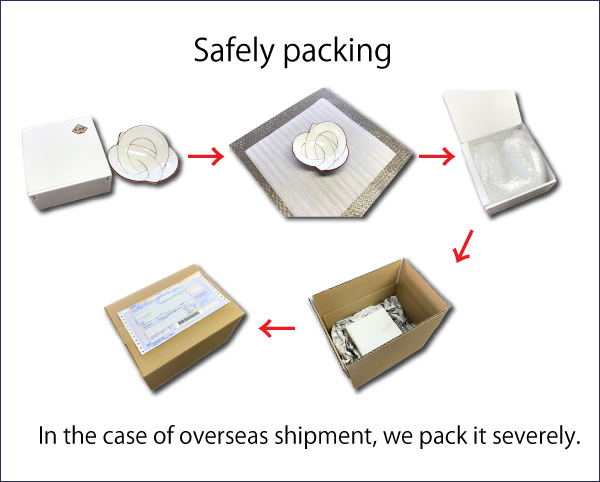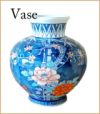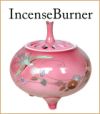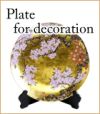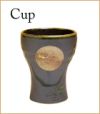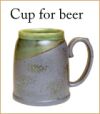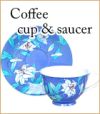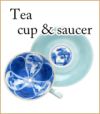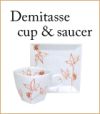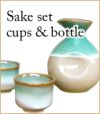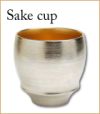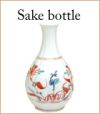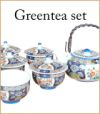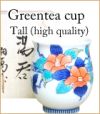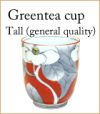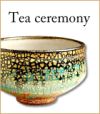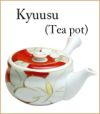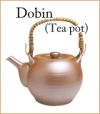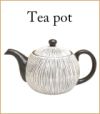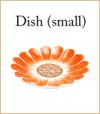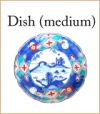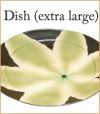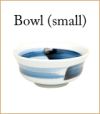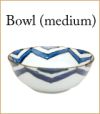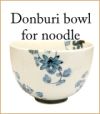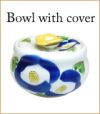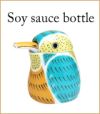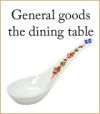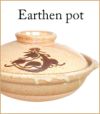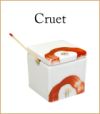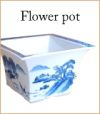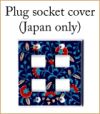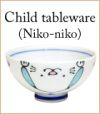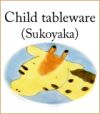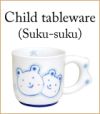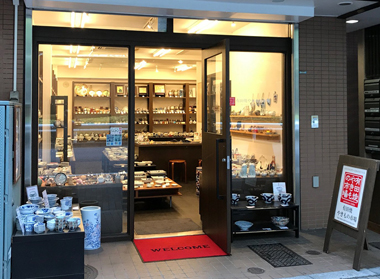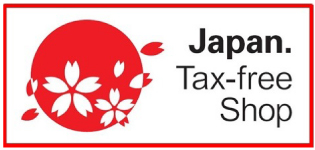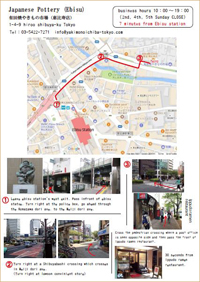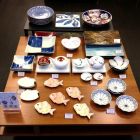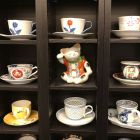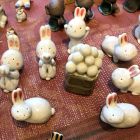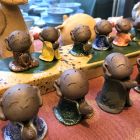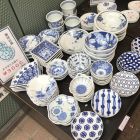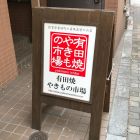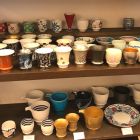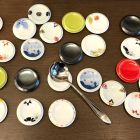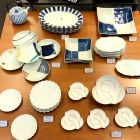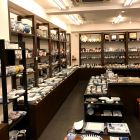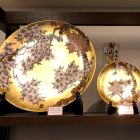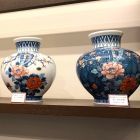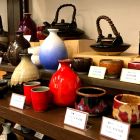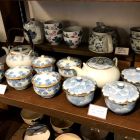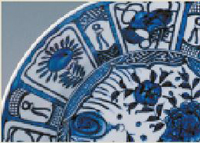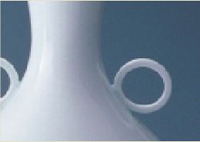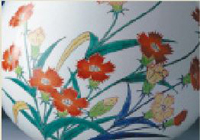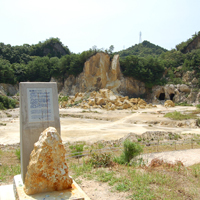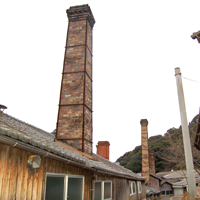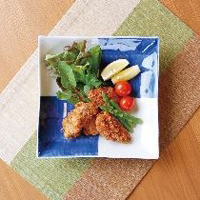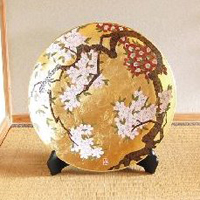Vase Gourd Shape Green Seigaiha (blue ocean wave pattern) and Gourd design | Fukuji Kitamura Traditional Craftsperson work [264004]
Vase Gourd Shape Green Seigaiha (blue ocean wave pattern) and Gourd design | Fukuji Kitamura Traditional Craftsperson work
[264004]
Price: 132,000JPY
Weight: 2000g
Low stock
[size]
Width: 11.5cm / Height: 23cm
Width: 4.5in / Height: 9.1in
-----------------------
This piece is a work by Fukuji Kitamura, a master artist widely recognized as a leading figure in the world of Arita ware decorative arts.
Mr. Kitamura, a certified traditional craftsman specializing in overglaze painting, has long embodied both the tradition and innovation of Arita ware. Though now retired from active production, his works continue to captivate audiences with their timeless beauty. His creations born of exceptional skill and a singular artistic sensibility stand as enduring expressions of Japanese ceramic artistry.
This particular piece features a porcelain form shaped like a *hyotan* (gourd), with a playful and refined design that depicts the gourd motif itself. The background is richly adorned with the *seigaiha* (blue ocean waves) pattern, whose rhythmic repetition imparts both elegance and harmony across the surface. Vibrant red cords and accents of gold detailing enhance the sense of festivity, making this an auspicious piece with strong visual appeal.
The *hyotan* shape itself holds deep symbolic meaning. Known as a lucky charm since ancient times, the gourd represents “abundance and prosperity” as well as “harmony and stability.” Its bulbous form suggests a vessel that holds plenty symbolizing wealth and happiness while the balanced curves of its top and bottom reflect harmony in relationships and domestic peace.
With its elegant form, detailed craftsmanship, and meaningful symbolism, this work is not only a beautiful decorative object but also an ideal gift or commemorative piece for special occasions.
[Potter Profile]
Fukuji Kitamura
Designated Traditional Craftsman
A recognized master of overglaze painting in porcelain
Now retired at over 90 years old; resides in Arita, Saga Prefecture
An overglaze painter is the one who brings life to the pristine white surface of porcelain.
Using a single brush, the artisan breathes color into the vessel, transforming it from mere pottery into a vivid, living work of art. With intricate composition, unwavering brushstrokes, and a sensitivity embedded in each hue, Kitamura’s artistry elevates porcelain to the realm of fine art.
His mastery shines through in every piece and leaves a lasting impression across time.
Born in Arita, Saga Prefecture in 1932
Entered the field of ceramics after World War II
Founded the Kitamura Overglaze Studio at the age of 30
Certified as a Traditional Craftsman of Arita Ware in 1990
Appointed Chairman of the Saga Prefecture Overglaze Painting Cooperative in 1991
Held solo exhibitions in Ginza (Tokyo) and throughout Fukuoka Prefecture from the 1990s onward
Among his most representative works is the grand series of decorative plates themed on the "Fifty-three Stations of the Tokaido," consisting of a total of 55 pieces.
Width: 11.5cm / Height: 23cm
Width: 4.5in / Height: 9.1in
-----------------------
This piece is a work by Fukuji Kitamura, a master artist widely recognized as a leading figure in the world of Arita ware decorative arts.
Mr. Kitamura, a certified traditional craftsman specializing in overglaze painting, has long embodied both the tradition and innovation of Arita ware. Though now retired from active production, his works continue to captivate audiences with their timeless beauty. His creations born of exceptional skill and a singular artistic sensibility stand as enduring expressions of Japanese ceramic artistry.
This particular piece features a porcelain form shaped like a *hyotan* (gourd), with a playful and refined design that depicts the gourd motif itself. The background is richly adorned with the *seigaiha* (blue ocean waves) pattern, whose rhythmic repetition imparts both elegance and harmony across the surface. Vibrant red cords and accents of gold detailing enhance the sense of festivity, making this an auspicious piece with strong visual appeal.
The *hyotan* shape itself holds deep symbolic meaning. Known as a lucky charm since ancient times, the gourd represents “abundance and prosperity” as well as “harmony and stability.” Its bulbous form suggests a vessel that holds plenty symbolizing wealth and happiness while the balanced curves of its top and bottom reflect harmony in relationships and domestic peace.
With its elegant form, detailed craftsmanship, and meaningful symbolism, this work is not only a beautiful decorative object but also an ideal gift or commemorative piece for special occasions.
[Potter Profile]
Fukuji Kitamura
Designated Traditional Craftsman
A recognized master of overglaze painting in porcelain
Now retired at over 90 years old; resides in Arita, Saga Prefecture
An overglaze painter is the one who brings life to the pristine white surface of porcelain.
Using a single brush, the artisan breathes color into the vessel, transforming it from mere pottery into a vivid, living work of art. With intricate composition, unwavering brushstrokes, and a sensitivity embedded in each hue, Kitamura’s artistry elevates porcelain to the realm of fine art.
His mastery shines through in every piece and leaves a lasting impression across time.
Born in Arita, Saga Prefecture in 1932
Entered the field of ceramics after World War II
Founded the Kitamura Overglaze Studio at the age of 30
Certified as a Traditional Craftsman of Arita Ware in 1990
Appointed Chairman of the Saga Prefecture Overglaze Painting Cooperative in 1991
Held solo exhibitions in Ginza (Tokyo) and throughout Fukuoka Prefecture from the 1990s onward
Among his most representative works is the grand series of decorative plates themed on the "Fifty-three Stations of the Tokaido," consisting of a total of 55 pieces.
 |
Import duties, taxes, and charges are not included in the item price or shipping cost. When a duty occurs, you are responsible for paying Customs Duties. |
 |
 |
Source: www.exchange-rates.org
